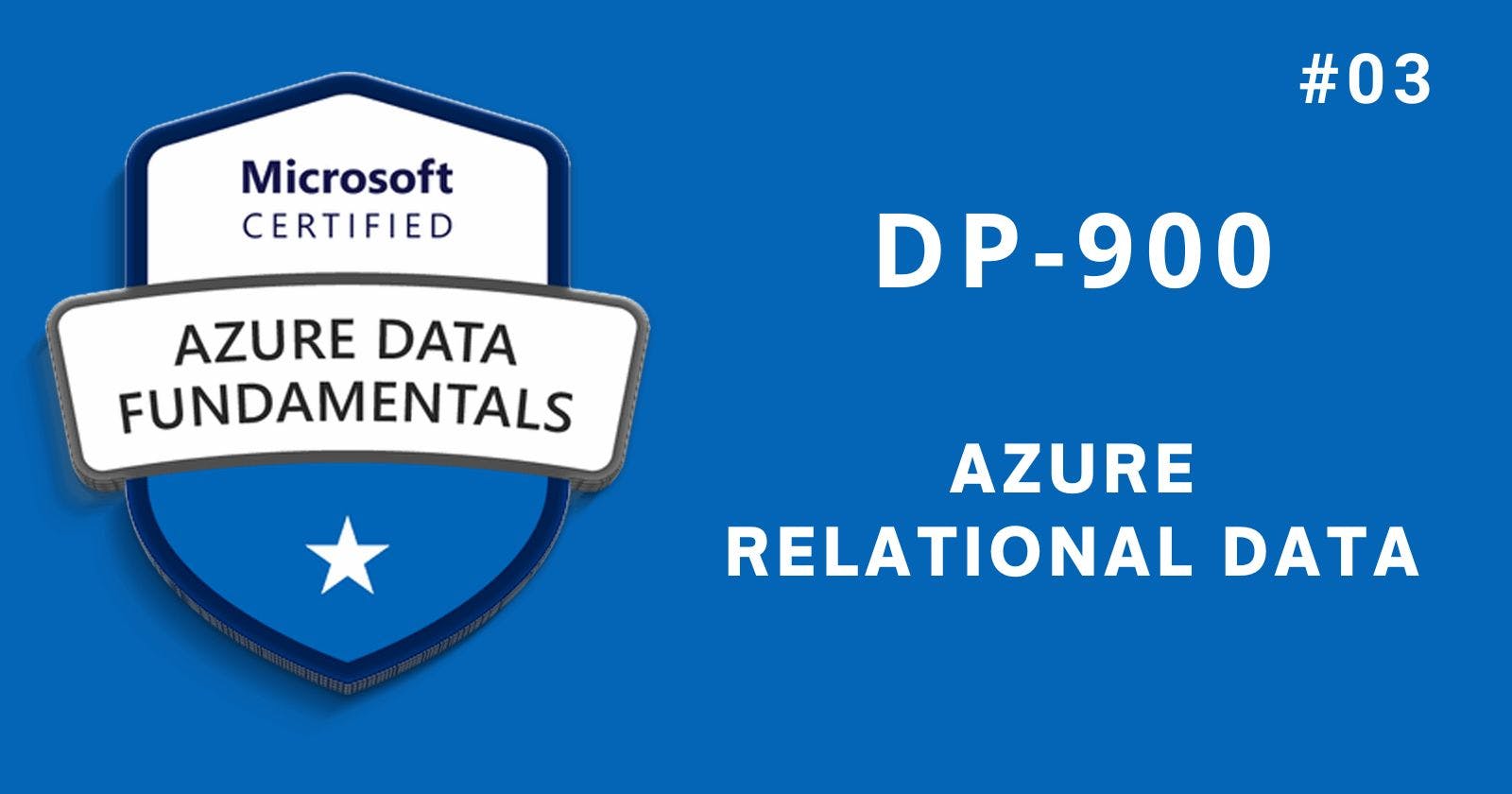Relational data is one of the most common types of data that you will encounter in the data world, and it is based on the idea of organizing data into tables with rows and columns. Each table represents a logical entity, such as a customer, a product, or an order, and each row represents an instance of that entity. Each column represents an attribute or a property of that entity, such as a name, a price, or a date.
Relational data has some advantages over other types of data, such as:
It is easy to understand and query using a standard language called SQL (Structured Query Language).
It supports data integrity and consistency by enforcing rules and constraints on the data, such as primary keys, foreign keys, and referential integrity.
It supports data normalization, which is the process of reducing data redundancy and improving data quality by dividing data into smaller and simpler tables.
However, relational data also has some limitations, such as:
It may not be able to handle complex or unstructured data types, such as images, videos, or documents.
It may not be able to scale well for large or distributed data sets, as it requires a centralized database server and a fixed schema.
It may not be able to support real-time or streaming data scenarios, as it requires transactions and locking mechanisms to ensure data consistency.
To work with relational data in Azure, you have several options, such as:
Azure SQL Database: This is a fully managed relational database service that offers high availability, scalability, security, and performance. You can use it to migrate your existing SQL Server databases to the cloud or to create new ones from scratch. You can also use it to build modern applications using features such as serverless compute, intelligent performance tuning, and built-in AI capabilities.
Azure SQL Managed Instance: This is a fully managed version of SQL Server that runs in Azure. It offers near 100% compatibility with the on-premises SQL Server features and tools, while also providing the benefits of a cloud service. You can use it to lift and shift your existing SQL Server workloads to the cloud without changing much code or configuration.
Azure Synapse Analytics: This is a unified analytics platform that combines data warehousing and big data analytics. You can use it to store and query large volumes of relational and non-relational data using SQL or Spark. You can also use it to build end-to-end analytics solutions using features such as serverless data lake exploration, code-free data integration, and low-code/no-code data visualization.
We have also explored some of the Azure services that you can use to work with relational data in the cloud.

